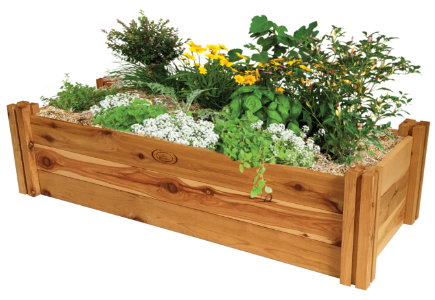Urban gardening has gained immense popularity in recent years, as more individuals seek to cultivate their own food in limited spaces. One effective method that has emerged is the use of frame-based planting areas. These structures not only optimize space but also enhance the overall gardening experience. In this article, we will explore the various benefits of frame-based planting areas and how they can transform your urban gardening efforts.

What Are Frame-Based Planting Areas?
Frame-based planting areas are defined as raised garden beds or containers that provide a structured environment for growing plants. Typically constructed from materials such as wood, metal, or stone, these frames create defined spaces for soil and plants. But why should urban gardeners consider implementing these structures?
Enhanced Soil Quality
One of the primary advantages of frame-based planting areas is the ability to control soil quality. By using a raised bed, gardeners can fill it with high-quality soil, tailored to the specific needs of their plants. This is particularly beneficial in urban environments where soil contamination may be a concern. Additionally, the improved drainage in raised beds helps prevent waterlogging, which can be detrimental to plant health.
Space Optimization
Urban gardening often comes with space constraints. Frame-based planting areas allow for efficient use of limited space. By stacking plants vertically or arranging them in a compact manner, gardeners can maximize their yield. For instance, consider using a vertical garden frame to grow herbs and vegetables in a small balcony or patio. Wouldn't it be wonderful to grow your own food without needing a large backyard?
Accessibility and Ease of Maintenance
Another significant benefit of frame-based planting areas is their accessibility. Raised beds can be designed to accommodate individuals with mobility challenges, making gardening more inclusive. Furthermore, these structures simplify maintenance tasks such as weeding and harvesting. Gardeners can easily reach their plants without bending over, reducing strain on the back and knees.
Environmental Benefits
Frame-based planting areas also contribute positively to the environment. By growing your own food, you reduce the carbon footprint associated with transporting produce. Moreover, these gardens can support local biodiversity by providing habitats for beneficial insects and pollinators. When you choose to create a frame-based planting area, you are not just cultivating plants; you are also fostering a healthier ecosystem.
Getting Started with Frame-Based Planting Areas
Are you ready to embark on your urban gardening journey? Here are some steps to consider:
- Choose the right location with adequate sunlight.
- Select a suitable frame material that fits your aesthetic and budget.
- Fill your frame with quality soil and compost.
- Plan your planting layout to maximize space and sunlight exposure.
For those interested in high-quality materials, consider exploring options like that can enhance your gardening experience.
Conclusion
In summary, frame-based planting areas offer numerous benefits for urban gardeners. From improved soil quality and space optimization to enhanced accessibility and environmental advantages, these structures can significantly elevate your gardening experience. As urban spaces continue to evolve, embracing innovative gardening methods like frame-based planting areas will not only beautify our surroundings but also contribute to sustainable living.








